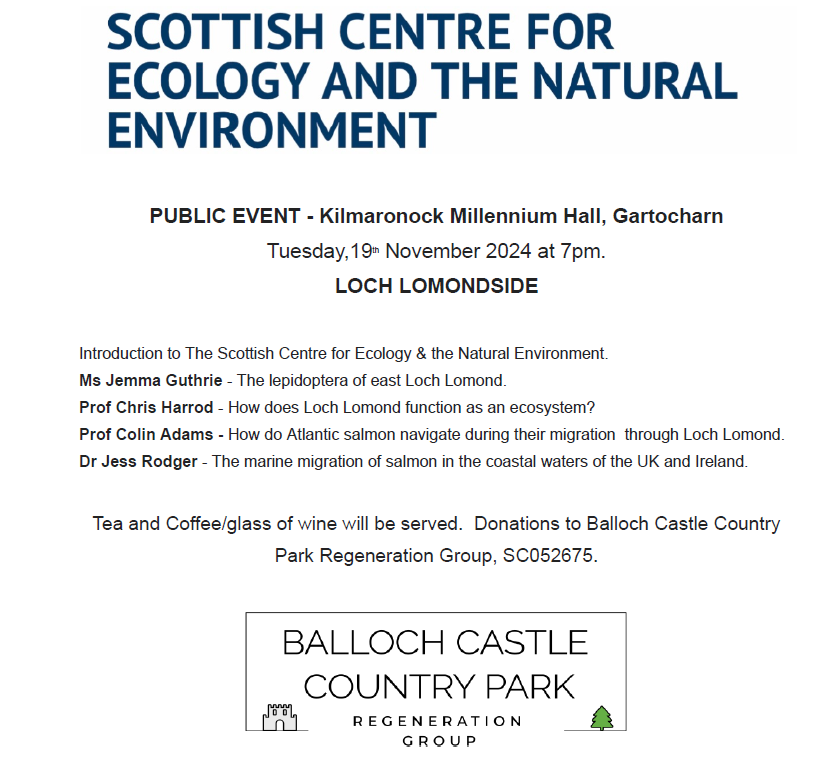 The Loch Lomond and Trossachs National Park Authority (LLTNPA), while recently oft proclaiming its concern about the collapse of nature, has appeared completely uninterested in the excellent ecological research that is taking place in its area, let alone promoting it to the general public.
The Loch Lomond and Trossachs National Park Authority (LLTNPA), while recently oft proclaiming its concern about the collapse of nature, has appeared completely uninterested in the excellent ecological research that is taking place in its area, let alone promoting it to the general public.
A recent example of this a comment made on my first post on the proposed sale of Cashel Forest (see here). In it Chris McInerny, who will be known to readers of Scottish Birds magazine for his amazing fieldwork, gave links to research he had undertaken at Cashel. This deserves to be widely known. I had stumbled across Chris’ research on adders (see here) but not that on slow worms and common lizards (see here) and had no idea it was home to the largest crab apple (by girth not height) in the UK (see here)

Chris, whom I had never had any contact with before his comment, went on to state:”Other fauna, including moths, butterflies, birds, mammals and bugs (including Glowworms) all thrive at this site” and it “is one of the richest for flora and fauna in the Loch Lomond area”.
All of this is very relevant to the future of Cashel and the role of our National Parks. The LLTNPA could be using information like this to promote Cashel as a place to visit (something the Royal Scottish Forestry Society has struggled with) and to make the case for Cashel remaining in conservation ownership and being funded properly. Instead, its silence has been deafening.
At a broader scale and even more extraordinary is the lack of interest shown by the LLTNPA in Glasgow University’s Scottish Centre for Ecology and the Natural Environment (see here). This is located on the shores of Loch Lomond just north of Cashel. There is, for example, not a mention of SCENE or its work on the Park’s website. The potential for SCENE’s research to inform the work the LLTNPA and its public partners should be doing and to help local communities and conservation organisations is immense.
It is fantastic therefore that the Balloch Country Park Regeneration Group (see here) has taken a lead and invited scientists from SCENE to talk about their work a public meeting on 19th November. The talks should not only be very interesting but the meeting provides a great opportunity for local communities around Loch Lomond to make links with professional ecologists. It will be interesting to see if any LLTNPA staff attend!

This event will be of interest to anyone with interests in the future of Loch Lomond and interested in professional development, this would include most of LLNP’s technical staff, so there should be a full house and some useful learnings for decision makers.
I saw this event advertised and was mildly surprised to see no endorsement by the National Park, given the long history of scientific studies associated with Loch Lomond and its surroundings, and it’s importance in the ecological hierarchy of Scotland.
My good friend the late John Mitchell immortalised his unsurpassed depth of knowledge of the area in his 2001 book ‘Loch Lomondside’, and he was a passionate advocate for the creation of a National Park which would cherish his beloved place, its flora, fauna and landscape.
I often give thanks that he’s no longer here. The advertised meeting, however, would have been right up his street.